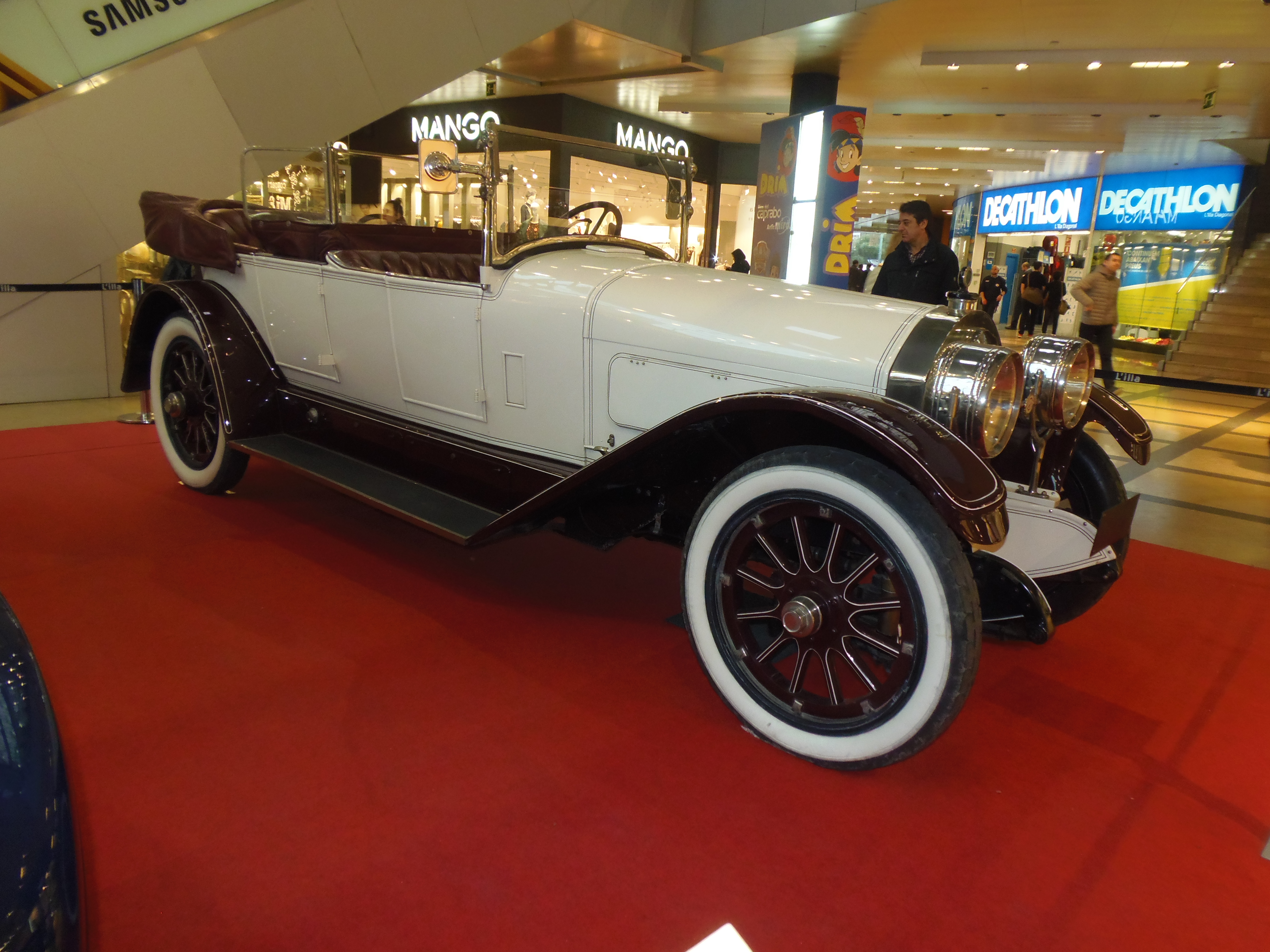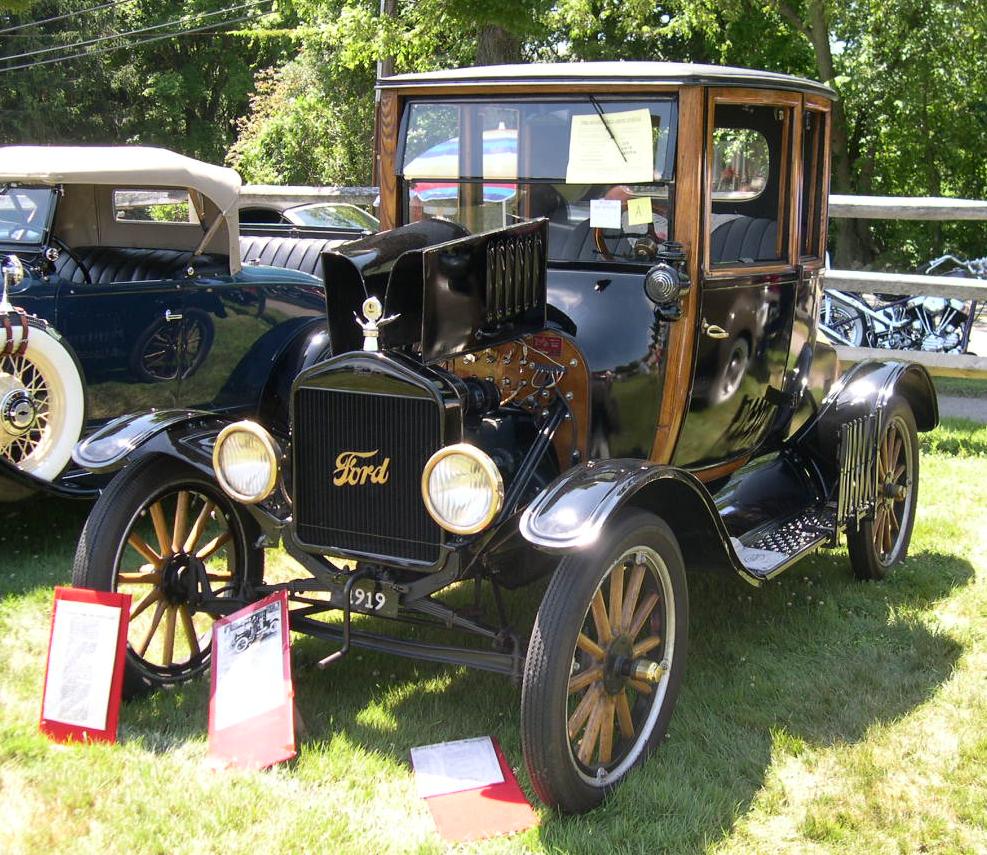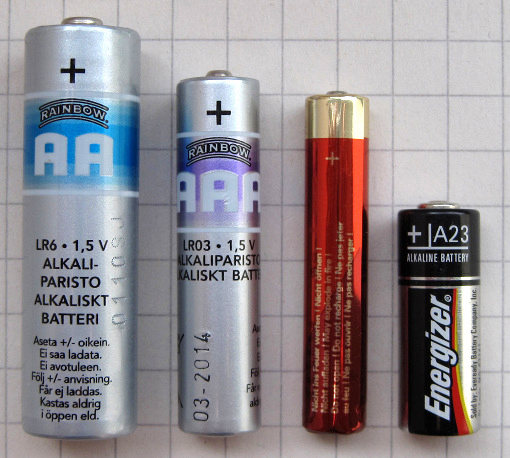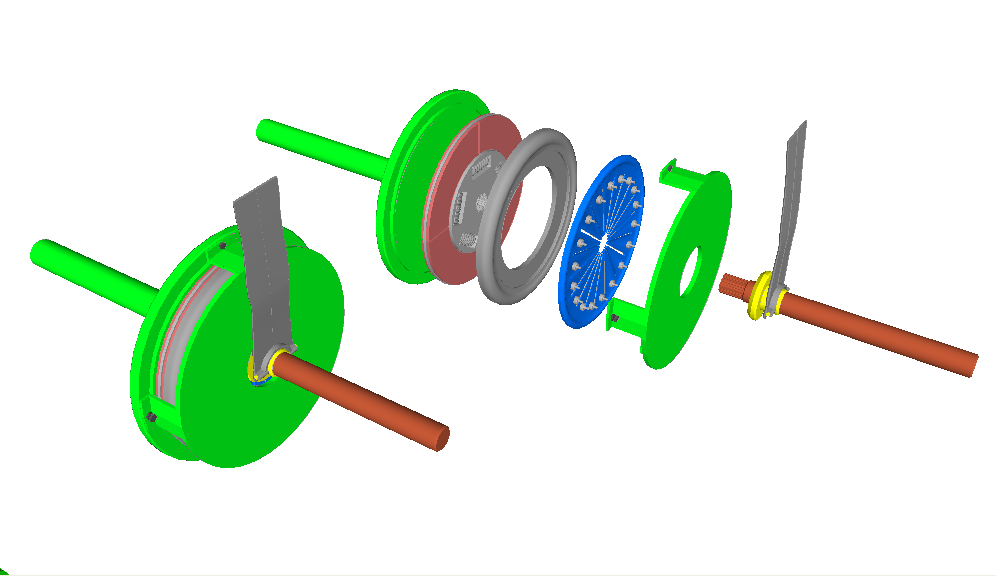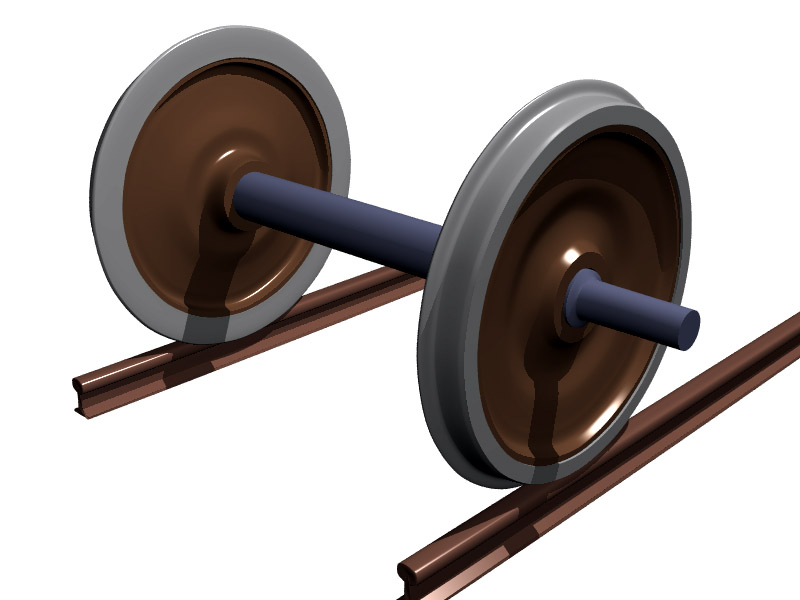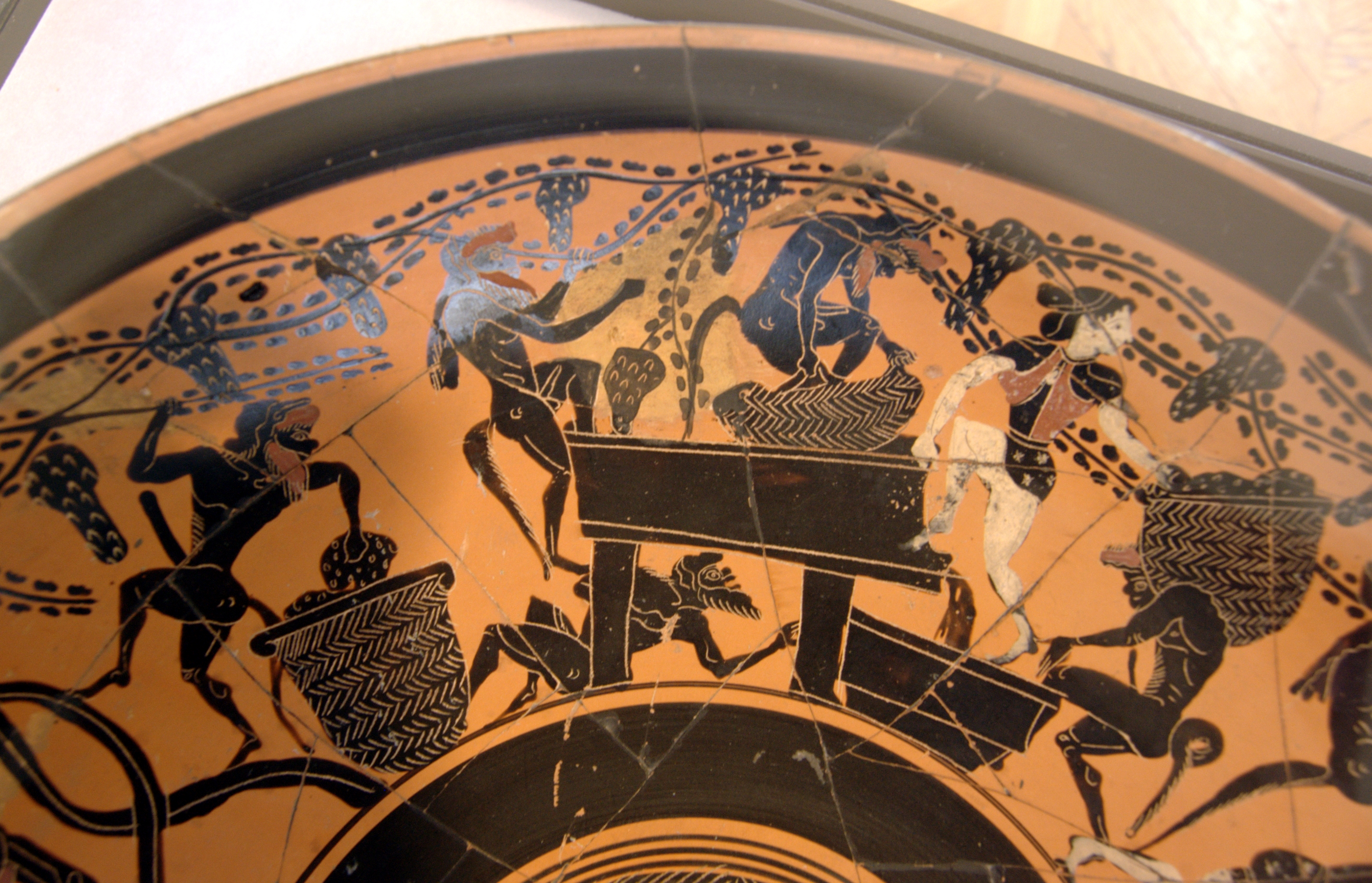|
Locomobile Sportif
The Locomobile Sportif was a vintage era luxury car model manufactured by the Locomobile Company of America. Locomobile Sportif specifications (1926 data) * Color – Optional * Seating Capacity – Four * Wheelbase – 142 inches * Wheels – Wood * Tires – 35” × 5” cord; or, 35” × 6.75” balloon on order * Service Brakes – Four wheel: foot brake, contracting on rear; internal expanding on front * Emergency Brakes – Hand brake: internal expanding on rear * Engine – Six cylinder, vertical, cast in pairs, 4½ × 5½ inches; head non-removable; valves in side; H.P. 48.6, N.A.C.C. rating * Lubrication – Force feed and splash * Crankshaft – Seven bearing * Radiator – Cellular * Cooling – Water pump * Ignition – Delco, 12 volt, 2 spark * Starting System – Two Unit * Voltage – Twelve to Sixteen * Wiring System – Single * Gasoline System – Pressure * Clutch – Dry multiple disc * Transmission – Selective sliding * Gear Changes – 4 forwa ... [...More Info...] [...Related Items...] OR: [Wikipedia] [Google] [Baidu] |
Locomobile 48 Sportif 1918
{{disambig ...
Locomobile may refer to: Transport * Locomobile Company of America, a US company that made automobiles under the brand name "Locomobile" from 1899 to 1929 * Steam-powered agricultural and haulage vehicles: ** Traction engine ** Portable engine ** Steam tractor Fiction * Locomobiles, in Robert Sobel's alternate history book '' For Want of a Nail'' See also * Road locomotive (other) * Road train * Locomotive * Automobile A car or automobile is a motor vehicle with wheels. Most definitions of ''cars'' say that they run primarily on roads, seat one to eight people, have four wheels, and mainly transport people instead of goods. The year 1886 is regarded ... [...More Info...] [...Related Items...] OR: [Wikipedia] [Google] [Baidu] |
Vintage Car
A vintage car is, in the most general sense, an old automobile, and in the narrower senses of car enthusiasts and collectors, it is a car from the period of 1919 to 1930. Such enthusiasts have categorization schemes for ages of cars that enforce distinctions between antique cars, vintage cars, classic cars, and so on. The classification criteria vary, but consensus within any country is often maintained by major car clubs, for example the Vintage Sports-Car Club (VSCC) in the UK. History The vintage era in the automotive world was a time of transition. The car started off in 1919 as still something of a rarity, and ended up, in 1930, well on the way towards ubiquity. In fact, automobile production at the end of this period was not matched again until the 1950s. In the intervening years, most industrialized countries built nationwide road systems with the result that, towards the end of the period, the ability to negotiate unpaved roads was no longer a prime considerati ... [...More Info...] [...Related Items...] OR: [Wikipedia] [Google] [Baidu] |
Locomobile Company Of America
The Locomobile Company of America was a pioneering American automobile manufacturer founded in 1899, and known for its dedication to precision before the assembly-line era. It was one of the earliest car manufacturers in the advent of the automobile age. For the first two years after its founding, the company was located in Watertown, Massachusetts. Production was transferred to Bridgeport, Connecticut, in 1900, where it remained until the company's demise in 1929. The company manufactured affordable, small steam cars until 1903, when production switched entirely to internal combustion-powered luxury automobiles. Locomobile was taken over in 1922 by Durant Motors and eventually went out of business in 1929. All cars ever produced by the original company were always sold under the brand name Locomobile. History The Locomobile Company of America was founded in 1899, the name coined from " locomotive" and "automobile". John B. Walker, editor and publisher of '' Cosmopolitan'' ... [...More Info...] [...Related Items...] OR: [Wikipedia] [Google] [Baidu] |
Wheelbase
In both road and rail vehicles, the wheelbase is the horizontal distance between the centers of the front and rear wheels. For road vehicles with more than two axles (e.g. some trucks), the wheelbase is the distance between the steering (front) axle and the centerpoint of the driving axle group. In the case of a tri-axle truck, the wheelbase would be the distance between the steering axle and a point midway between the two rear axles. Vehicles The wheelbase of a vehicle equals the distance between its front and rear wheels. At equilibrium, the total torque of the forces acting on a vehicle is zero. Therefore, the wheelbase is related to the force on each pair of tires by the following formula: :F_f = mg :F_r = mg where F_f is the force on the front tires, F_r is the force on the rear tires, L is the wheelbase, d_r is the distance from the center of mass (CM) to the rear wheels, d_f is the distance from the center of mass to the front wheels (d_f + d_r = L), m is the mas ... [...More Info...] [...Related Items...] OR: [Wikipedia] [Google] [Baidu] |
Crankshaft
A crankshaft is a mechanical component used in a piston engine to convert the reciprocating motion into rotational motion. The crankshaft is a rotating shaft containing one or more crankpins, that are driven by the pistons via the connecting rods. The crankpins are also called ''rod bearing journals'', and they rotate within the "big end" of the connecting rods. Most modern crankshafts are located in the engine block. They are made from steel or cast iron, using either a forging, casting or machining process. Design The crankshaft located within the engine block, held in place via main bearings which allow the crankshaft to rotate within the block. The up-down motion of each piston is transferred to the crankshaft via connecting rods. A flywheel is often attached to one end of the crankshaft, in order to smoothen the power delivery and reduce vibration. A crankshaft is subjected to enormous stresses, in some cases more than per cylinder. Crankshafts for single- ... [...More Info...] [...Related Items...] OR: [Wikipedia] [Google] [Baidu] |
Ignition System
An ignition system generates a spark or heats an electrode to a high temperature to ignite a fuel-air mixture in spark ignition internal combustion engines, oil-fired and gas-fired boilers, rocket engines, etc. The widest application for spark ignition internal combustion engines is in petrol (gasoline) road vehicles such as cars and motorcycles. Compression ignition Diesel engines ignite the fuel-air mixture by the heat of compression and do not need a spark. They usually have glowplugs that preheat the combustion chamber to allow starting in cold weather. Other engines may use a flame, or a heated tube, for ignition. While this was common for very early engines it is now rare. The first electric spark ignition was probably Alessandro Volta's toy electric pistol from the 1780s. Siegfried Marcus patented his "Electrical igniting device for gas engines" on 7 October 1884. History Magneto systems The simplest form of spark ignition is that using a magneto. The engine ... [...More Info...] [...Related Items...] OR: [Wikipedia] [Google] [Baidu] |
Voltage
Voltage, also known as electric pressure, electric tension, or (electric) potential difference, is the difference in electric potential between two points. In a static electric field, it corresponds to the work needed per unit of charge to move a test charge between the two points. In the International System of Units, the derived unit for voltage is named '' volt''. The voltage between points can be caused by the build-up of electric charge (e.g., a capacitor), and from an electromotive force (e.g., electromagnetic induction in generator, inductors, and transformers). On a macroscopic scale, a potential difference can be caused by electrochemical processes (e.g., cells and batteries), the pressure-induced piezoelectric effect, and the thermoelectric effect. A voltmeter can be used to measure the voltage between two points in a system. Often a common reference potential such as the ground of the system is used as one of the points. A voltage can represent eith ... [...More Info...] [...Related Items...] OR: [Wikipedia] [Google] [Baidu] |
Clutch
A clutch is a mechanical device that engages and disengages power transmission, especially from a drive shaft to a driven shaft. In the simplest application, clutches connect and disconnect two rotating shafts (drive shafts or line shafts). In these devices, one shaft is typically attached to an engine or other power unit (the driving member), while the other shaft (the driven member) provides output power for work. Typically the motions involved are rotary, but linear clutches also exist. In a motor vehicle, the clutch acts as a mechanical linkage between the engine and transmission, and briefly disconnects, or separates the engine from the transmission system. This disconnects the drive wheels whenever the clutch pedal is depressed, allowing the driver to smoothly change gears. In a torque-controlled drill, for instance, one shaft is driven by a motor, and the other drives a drill chuck. The clutch connects the two shafts so they may be locked together and spin at th ... [...More Info...] [...Related Items...] OR: [Wikipedia] [Google] [Baidu] |
Rear Axle
An axle or axletree is a central shaft for a rotating wheel or gear. On wheeled vehicles, the axle may be fixed to the wheels, rotating with them, or fixed to the vehicle, with the wheels rotating around the axle. In the former case, bearings or bushings are provided at the mounting points where the axle is supported. In the latter case, a bearing or bushing sits inside a central hole in the wheel to allow the wheel or gear to rotate around the axle. Sometimes, especially on bicycles, the latter type axle is referred to as a '' spindle''. Terminology On cars and trucks, several senses of the word ''axle'' occur in casual usage, referring to the shaft itself, its housing, or simply any transverse pair of wheels. Strictly speaking, a shaft which rotates with the wheel, being either bolted or splined in fixed relation to it, is called an ''axle'' or ''axle shaft''. However, in looser usage, an entire assembly including the surrounding axle housing (typically a casting) i ... [...More Info...] [...Related Items...] OR: [Wikipedia] [Google] [Baidu] |
Speedometer
A speedometer or speed meter is a gauge that measures and displays the instantaneous speed of a vehicle. Now universally fitted to motor vehicles, they started to be available as options in the early 20th century, and as standard equipment from about 1910 onwards. Other vehicles may use devices analogous to the speedometer with different means of sensing speed, eg. boats use a pit log, while aircraft use an airspeed indicator. Charles Babbage is credited with creating an early type of a speedometer, which was usually fitted to locomotives. The electric speedometer was invented by the Croatian Josip Belušić in 1888 and was originally called a velocimeter. Operation The speedometer was originally patented by Josip Belušić (Giuseppe Bellussich) in 1888. He presented his invention at the 1889 Exposition Universelle in Paris. His invention had a pointer and a magnet, using electricity to work. German inventor Otto Schultze patented his version (which, like Belušić ... [...More Info...] [...Related Items...] OR: [Wikipedia] [Google] [Baidu] |
Ammeter
An ammeter (abbreviation of ''Ampere meter'') is an instrument used to measure the current in a circuit. Electric currents are measured in amperes (A), hence the name. For direct measurement, the ammeter is connected in series with the circuit in which the current is to be measured. An ammeter usually has low resistance so that it does not cause a significant voltage drop in the circuit being measured. Instruments used to measure smaller currents, in the milliampere or microampere range, are designated as ''milliammeters'' or ''microammeters''. Early ammeters were laboratory instruments that relied on the Earth's magnetic field for operation. By the late 19th century, improved instruments were designed which could be mounted in any position and allowed accurate measurements in electric power systems. It is generally represented by letter 'A' in a circuit. History The relation between electric current, magnetic fields and physical forces was first noted by Hans Christian Ør ... [...More Info...] [...Related Items...] OR: [Wikipedia] [Google] [Baidu] |
Vintage Vehicles
Vintage, in winemaking, is the process of picking grapes and creating the finished product—wine (see Harvest (wine)). A vintage wine is one made from grapes that were all, or primarily, grown and harvested in a single specified year. In certain wines, it can denote quality, as in Port wine, where Port houses make and declare vintage Port in their best years. From this tradition, a common, though not strictly correct, usage applies the term to any wine that is perceived to be particularly old or of a particularly high quality. Most countries allow a vintage wine to include a portion of wine that is not from the year denoted on the label. In Chile and South Africa, the requirement is 75% same-year content for vintage-dated wine. In Australia, New Zealand, and the member states of the European Union, the requirement is 85%. In the United States, the requirement is 85%, unless the wine is designated with an AVA, (e.g., Napa Valley), in which case it is 95%. Technically, the 85% r ... [...More Info...] [...Related Items...] OR: [Wikipedia] [Google] [Baidu] |
